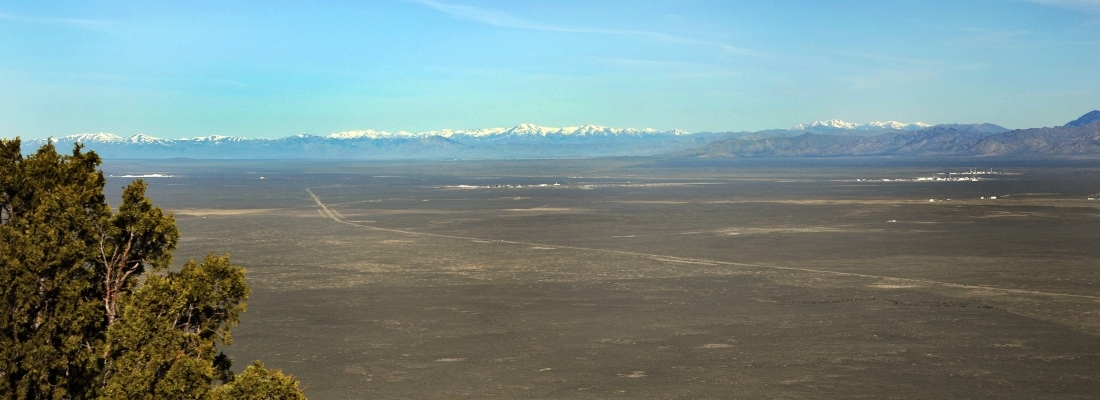Improving public discourse about INL Site
Environmental cleanup progress at the Idaho National Laboratory Site and INL’s future are important to the people of Idaho, our region, the nation and the world.
Recent press conferences, newspaper articles, editorials and letters to the editor across Idaho have commented on a Department of Energy request to bring about 200 pounds of used commercial nuclear fuel into the State of Idaho for research at INL. Public discussion and historical context is essential. However, we need more of it, more often, and it needs to be more factual and in depth.
INL’s core mission, the reason the lab exists, is to advance mankind’s understanding of nuclear science and technology to ensure that nuclear energy remains a choice for meeting long-term energy needs in the U.S. and globally. Differing opinions among Idaho’s citizens — about both nuclear energy and the burdens and benefits to Idaho of hosting the world’s leading research in this technology — make public discourse crucial.
Environmental risks created by past waste disposal and storage activities are being addressed by DOE. Very real progress is being made. The cleanup pace and effectiveness should be visible to and understood by the public. These are serious and complicated issues. This discourse is important and will continue for a long time to come.
To improve this vital public discussion about activities at the INL site, we have endeavored to make information available to anyone who is interested — online, in public meetings, through news media and via public tours. We challenge those interested in these issues to seriously consider the following suggestions.
First, public officials and the news media — on which the public relies for accuracy, objectivity and independence — should take the time to visit INL and the cleanup projects. The public interest issues surrounding research and site cleanup activities are complex and evolving.
Second, interest groups that ask for public trust and take public positions about INL or site cleanup work should also take the time to visit, for the same reasons. More info is at www.inl.gov/tours.
Third, interested citizens, officials and members of the news media should observe or participate in LINE (Leadership in Nuclear Energy) Commission meetings. This group routinely discusses and dives deeply into issues such as the recent DOE request.
Fourth, more members of the Idaho State Legislature — especially members of the appropriate legislative committees — should tour INL and site cleanup projects, attend or observe LINE Commission meetings, and engage in the public discussion with informed perspectives.
Finally, careful reporting through Idaho Public Television specials or in-depth media coverage is sorely needed. Such reporting should become routine to inform and update the public.
The issues surrounding INL and cleanup activities are not so complex that they can’t be accurately explained by public officials, interest groups and media outlets who take the time to inform themselves. These issues are important enough that they deserve more frequent and accurate public discourse.
John J. Grossenbacher is the Idaho National Laboratory director and president of Battelle Energy Alliance





